Cultural and Historic Preservation - Research and Projects
Research and Projects
Cultural and Historic Preservation
Munsungun Quarries Archaeological Project
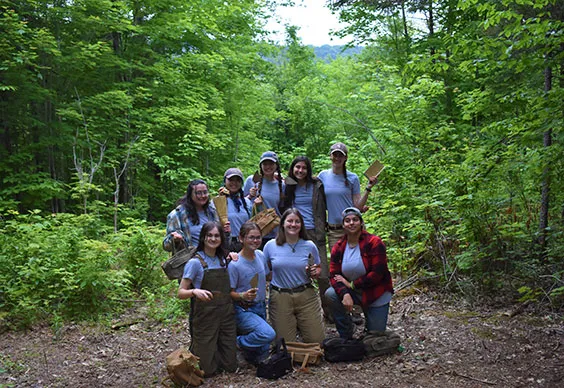
With funding support from the Southeastern New England Educational and Charitable Foundation, students are conducting an archaeological survey and excavations in northern Maine. This research is exploring sites related to the initial settlement of the region by indigenous people over 13,000 years ago. Excavated materials from this project are cataloged and analyzed in the lab and are helping us gain a better understanding of the lives of these earliest communities. Our program partners with local indigenous populations, landowners and science educators in the region to make our work accessible to the local community.
Narragansett Bay Interdisciplinary Undergraduate Research Project
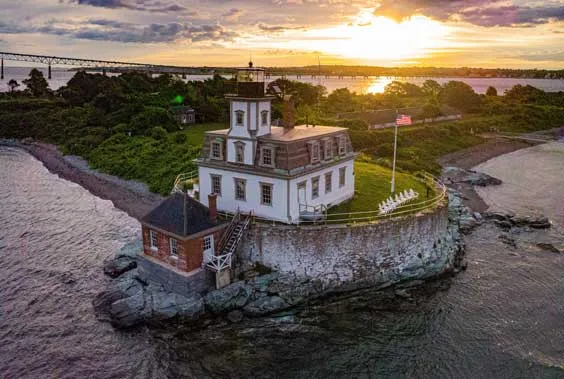
As part of the Narragansett Bay Interdisciplinary Undergraduate Research Project and the Rose Island Field School, students have spent two summers researching the history of Rose Island, which is located in Newport Harbor. In the summer of 2021, they researched the history of the early 19th-century barracks on the island, which were intended to be part of Fort Hamilton, one of the defensive positions for Newport Harbor along with Fort Adams and Fort Wolcott. The latter was located on Goat Island but no longer survives.
In the summer of 2022, with funding from the Southeastern New England Educational and Charitable Foundation, students investigated the role Rose Island played as part of the Naval Torpedo Station at Newport. The Naval Torpedo Station was established on Goat Island in 1869. By 1883, Rose Island became part of the Naval Torpedo Station and was used for the storage of gun cotton. From 1883 through World War II, the island was used as a storage dump for explosives and as a torpedo warhead arming facility.
St. Columba Cemetery Documentation
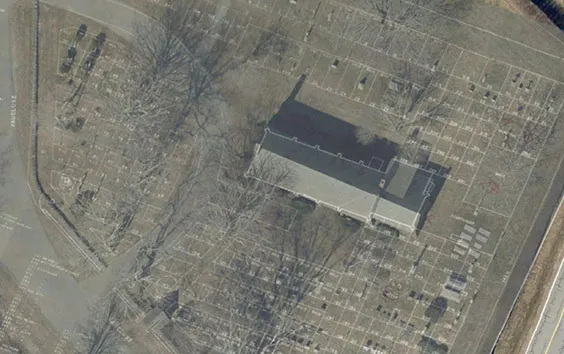
Our program has partnered with the Episcopal Diocese at the St. Columba Chapel in Middletown, Rhode Island to document and map their historic cemetery. Established in the 1880s, the St. Columba churchyard is the final resting place of some of Rhode Island’s most prominent figures. Our students are helping to systematically map the cemetery, allowing for more integrated management of the property as well as improved public access.
Newport Elks Lodge
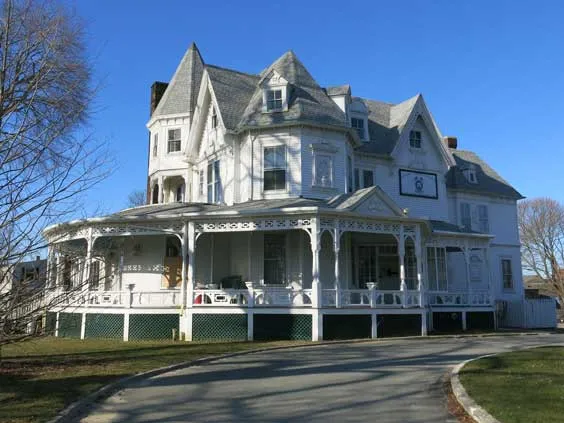
Our program partnered with the Newport Elks Lodge to research the history of the building and the lodge. The Newport Elks Lodge was founded in 1888 and has occupied its current building on Bellevue Avenue since 1920. The building itself, “Parkgate,” was constructed in 1879 and sits on the site of the former Atlantic House (1844-1877). The research could potentially help the lodge with grant applications for much-needed restoration work on the building but will also form a framework for the history of the lodge and its members.
Campus Archaeological Survey
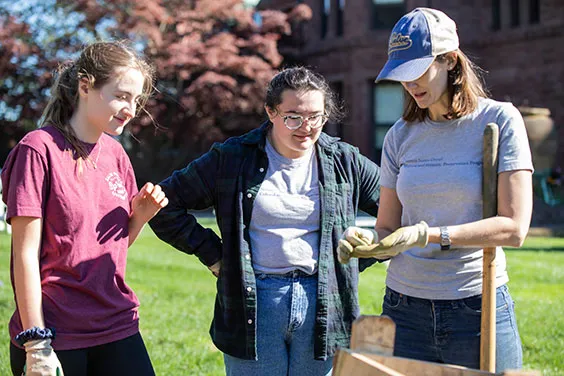
Initiated to honor the 75th anniversary of Salve Regina, this archaeological survey seeks to better understand the past of our campus. In 2023, we are conducting an excavation in front of Ochre Court exploring what remains of the Edgewater estate. Built in 1869 by the Kernochan family, Edgewater stood for less than 20 years before being demolished to build Ochre Court. Students are directing all aspects of the project, including archival research, community engagement, excavation of the site, cataloging of materials and design of museum exhibits related to the project.
Vanderbilt Memorial
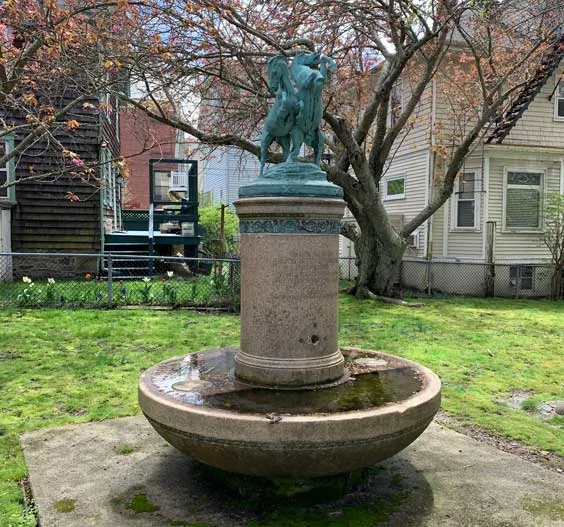
Our program partnered with the Alfred Gwynne Vanderbilt Memorial Restoration Committee to research the history of the Alfred Gwynne Vanderbilt Memorial, which is located on Broadway across from Equality Park. The monument was erected in 1917 to commemorate Alfred Gwynne Vanderbilt, who died in 1915 during the sinking of the Lusitania. Our goal is to make the research public using a QR code placed by the monument and ultimately conduct similar research for all public monuments in Newport.
Student Research Projects
Our students pursue significant undergraduate research through the completion of their senior theses. Recent topics have included:
- “The Adaptive Reuse of Prisons”
- “Nineteenth-Century Ceramics in Newport: Finds from the Historic Newport Spring, a Study of Trade and Class”
- “Geothermal Technology in House Museums: Focus on the Preservation Society of Newport County”
- “Life After Light: The Adaptive Reuse of Long Island Lighthouses”
- “Mothers of Preservation: The Mount Vernon Ladies’ Association’s Preservation, Restoration of Mount Vernon and its Legacy”
- “Historic Homes and Energy Efficiency: Creating Synonymity and Proposing Solutions”
- “From Behind the Balustrades: A Closer Look into Hopedene’s Shrouded Past and Reserved Beauty”
- “Robert Adam Interiors and Wakehurst’s Yellow Drawing Room: Imported Period Rooms in the United States”
- “History Lives: An Exploration of Interpretation Within Living History”
- “A Changing Relationship in Archaeology: Exploring the Importance of Indigenous People in Research”
- “The Threat of Rising Seas: How Climate Change is Affecting Preservation”
- “Setting the Stage: The Adaptive Reuse of New England Opera Houses”